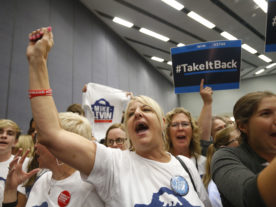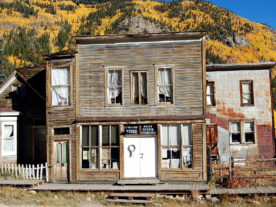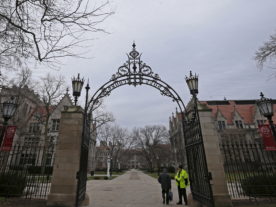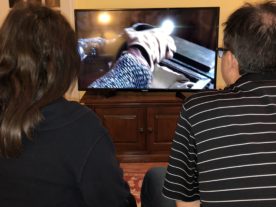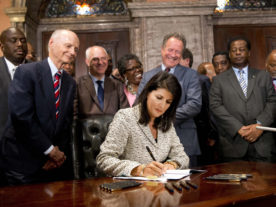A large chunk of Americans haven’t visited any of the most popular landmarks and attractions in their own cities or around the country, according to a new survey.
The survey from ZipCar and OnePoll found that 25 percent of Americans have yet to visit “iconic landmarks” in their own cities. Almost the same number of Americans, 23 percent, said they’d not visited any of the nation’s biggest tourist attractions.
For example, only 33 percent of those questioned had been to Niagara Falls, and just 28 percent had been to the Grand Canyon. Only 30 percent had been to the Empire State Building, and only 22 percent had visited the National Mall in Washington, D.C.
The survey of 2,000 Americans found that 55 percent had a local landmark they’d like to visit in mind but have yet to make the time to go there.
While the survey found that over half of Americans reported having some spontaneity in their lives, only 20 percent said they made trips on short notice or impulsively.
Americans would like to travel more, according to the survey, citing 52 percent who said they’d like to get out more. Forty-nine percent reported being “creatures of habit,” which made for little time to visit local landmarks or national ones.
The survey found that the main reasons holding Americans back from exploring their cities or the country were money (51 percent), not enough time (30 percent) and lack of reliable transportation (18 percent).
One Twitter user reacting to the survey cited a couple of reasons for not visiting famous places.
Because most of us don't get paid days off, get punished for taking a day off, or simply can't afford to visit anything or go anywhere anymore.
Childcare costs more than College, College Loans costs more than a mortgage payment, and jobs don't even pay for one of those things.
— Melancholy Mouse (@allmousedout) May 22, 2018
The survey found that these sights were the most common on Americans’ “bucket lists.”
·Grand Canyon
·Yellowstone National Park
·Statue of Liberty
·Mount Rushmore
·Empire State Building
·One World Trade Center
·Golden Gate Bridge
·New York Aquarium
·Space Needle
·Gettysburg National Military Park
The survey also shed light on leisure activities, finding on average, Americans go to a new coffee shop every five months, a new restaurant every four months, a beach every six months and a park every five months.
Related: Check out these alternatives to popular National Parks





